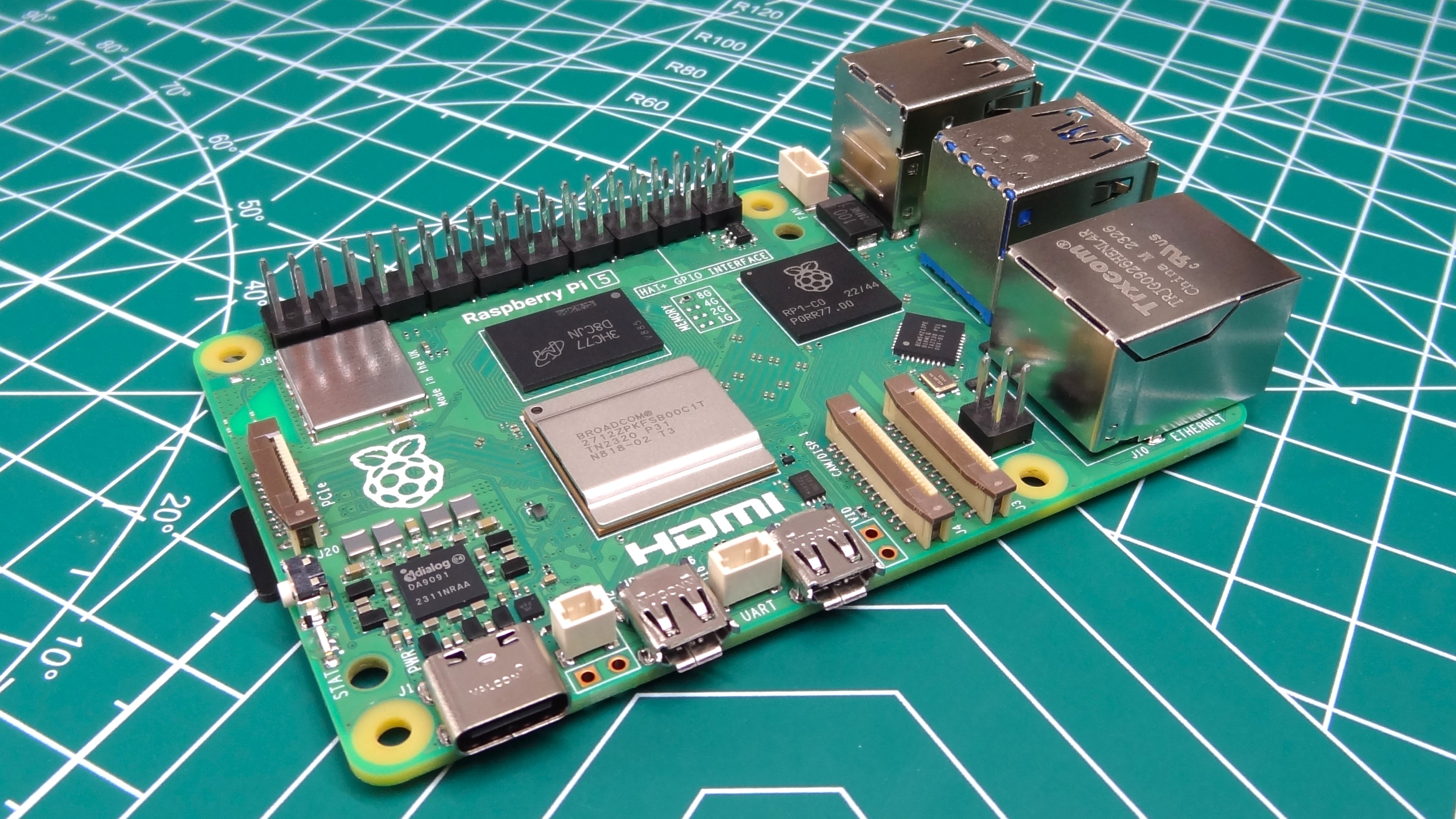The release date of the Raspberry Pi 5 is growing ever closer, although it’s still not clear when exactly it’s going to be released. So actually, it will be available Oktober 23rd  Even so, more I formation has surfaced lately, and it may be really interesting for those who are after affordable multichannel DSP monsters
Even so, more I formation has surfaced lately, and it may be really interesting for those who are after affordable multichannel DSP monsters 
First of, the new Pi will be about 2x faster, meaning about a gazillion multichannel FIR taps . But the bigger thing is we finally have an PCI-e interface exposed! And this means we can cram in some relatively cheap soundcard.
. But the bigger thing is we finally have an PCI-e interface exposed! And this means we can cram in some relatively cheap soundcard.
So for below €$£ 200 you can have a monster DSP with better than 100 SINAD 8-channel sound
Now I only hope this model doesn’t fry as fast as my Pi 4 did
First of, the new Pi will be about 2x faster, meaning about a gazillion multichannel FIR taps
So for below €$£ 200 you can have a monster DSP with better than 100 SINAD 8-channel sound
Now I only hope this model doesn’t fry as fast as my Pi 4 did

Last edited:
